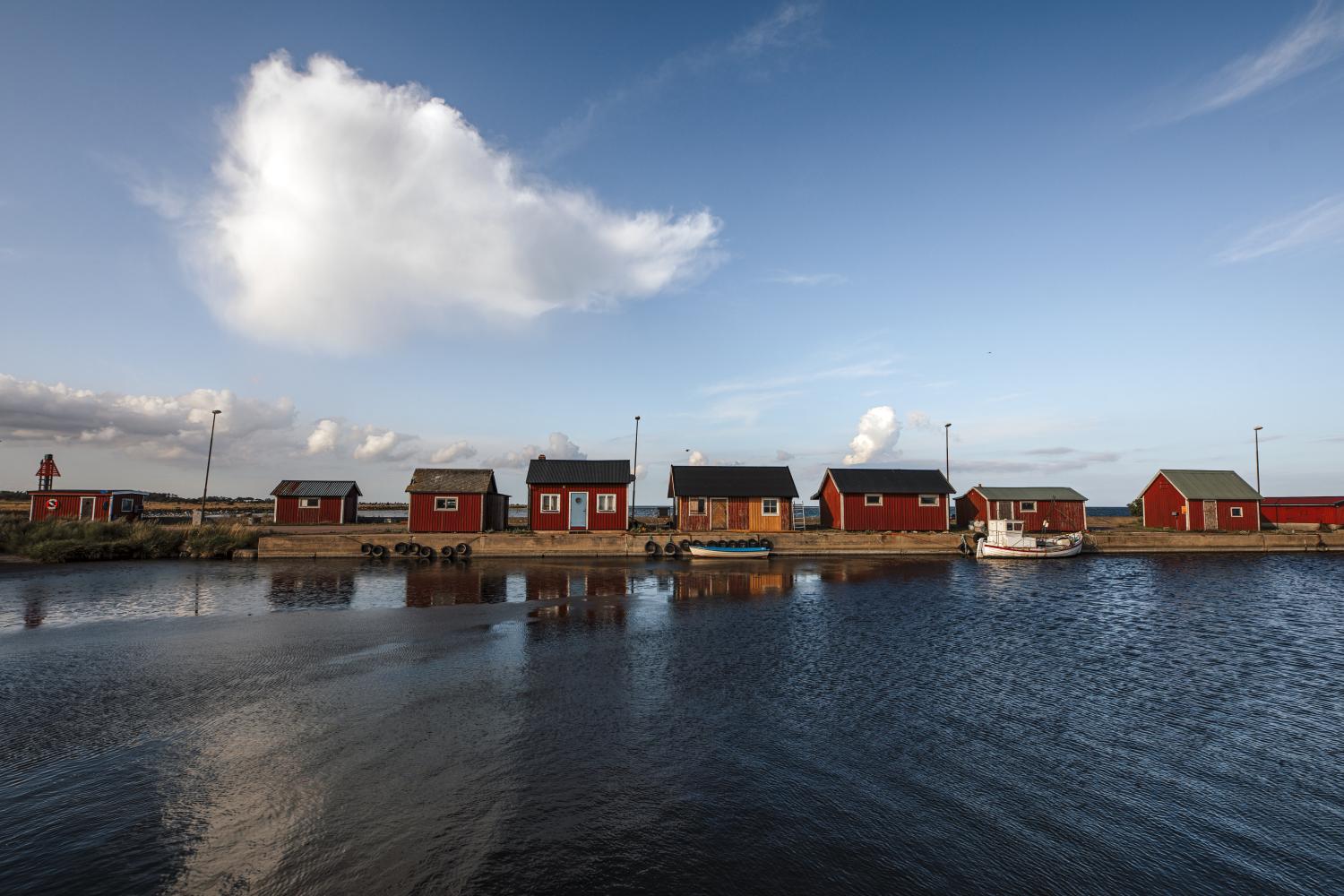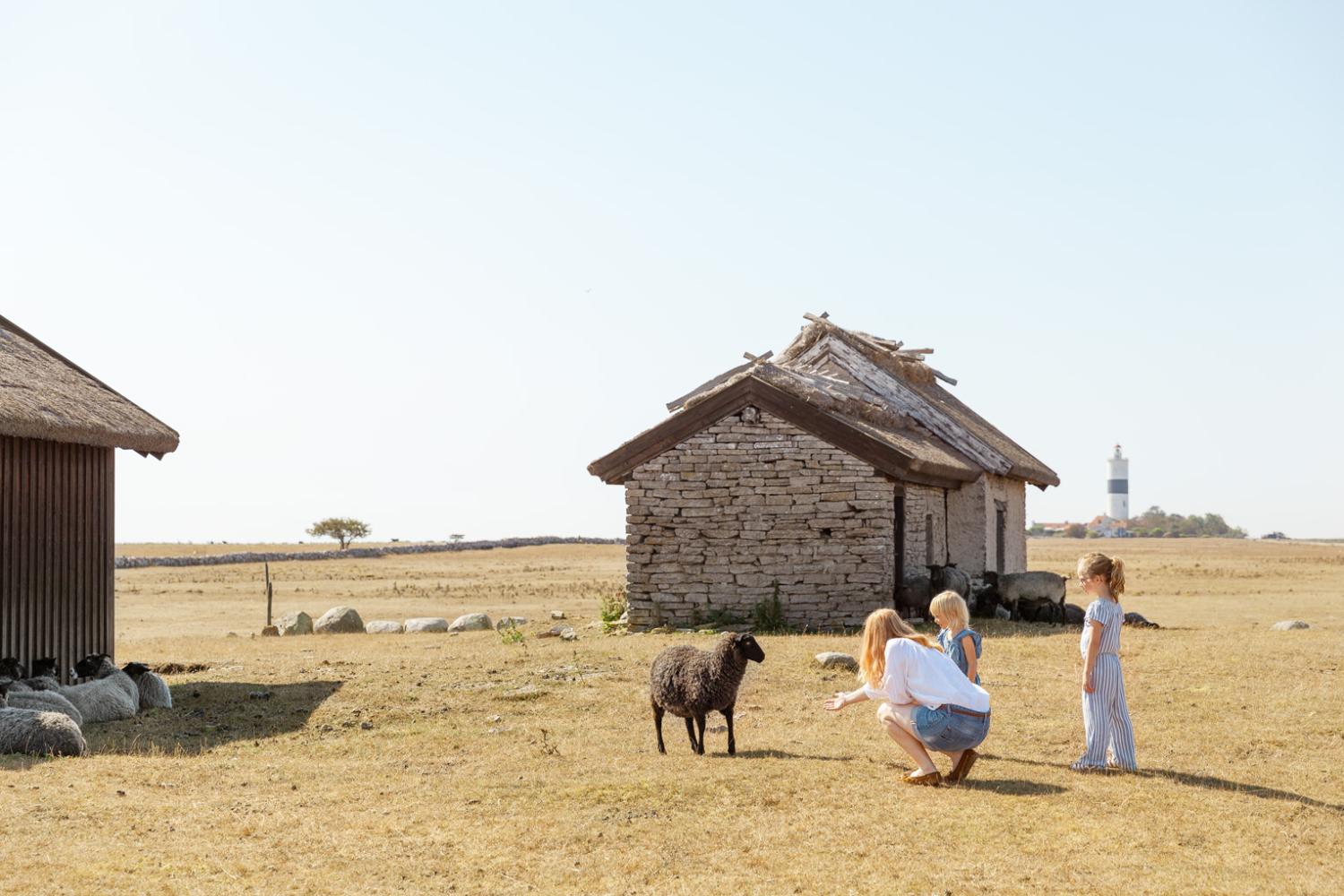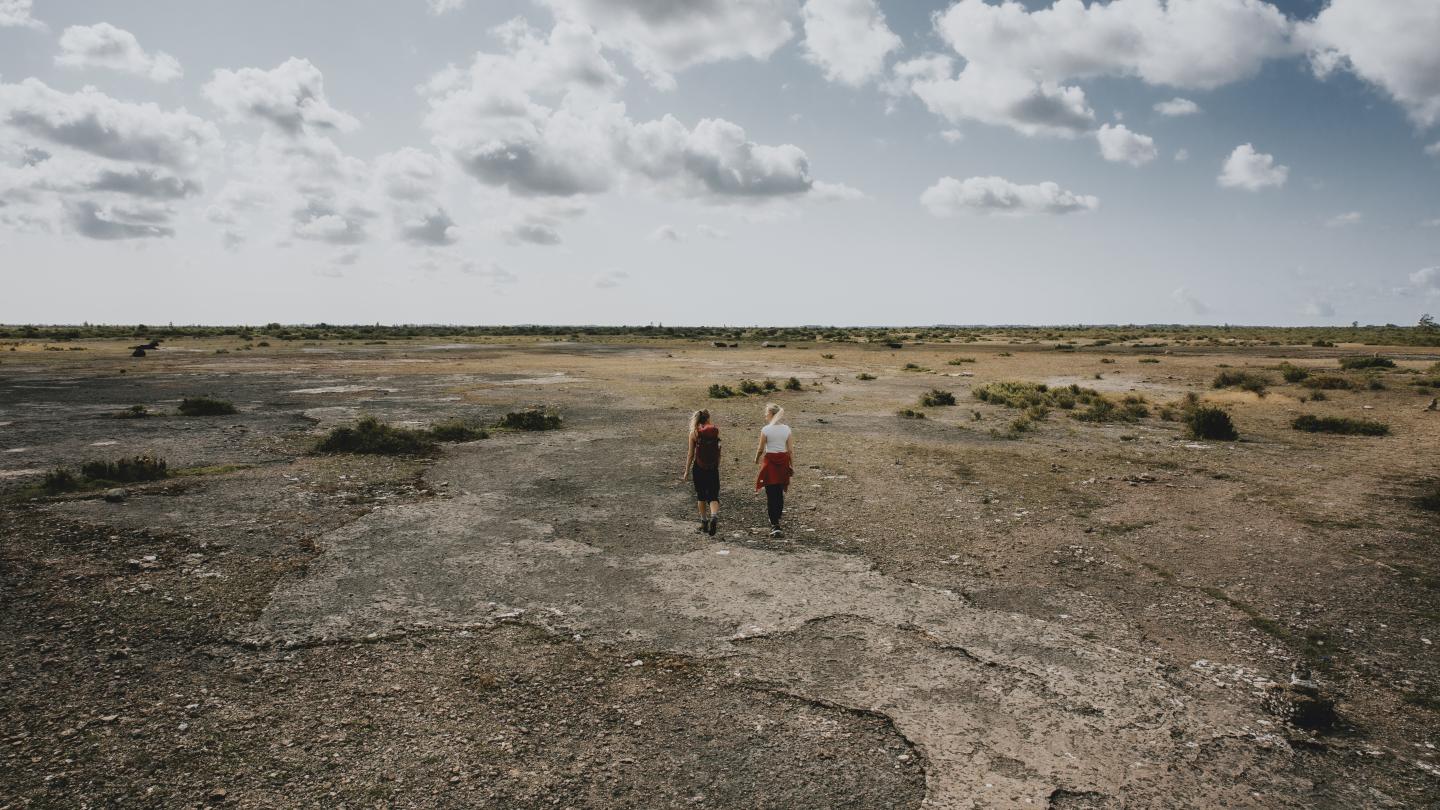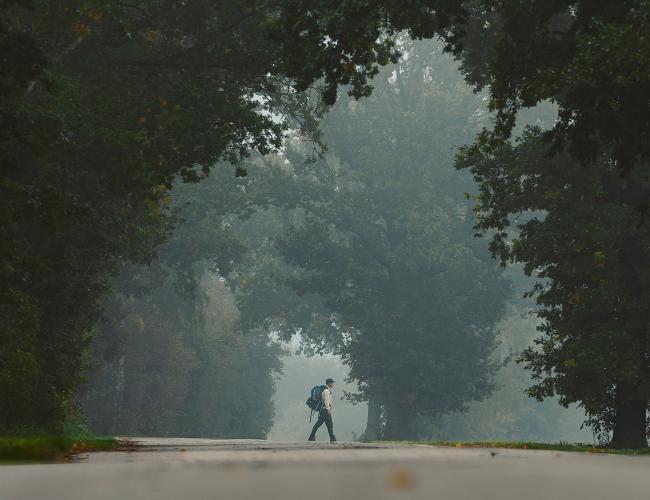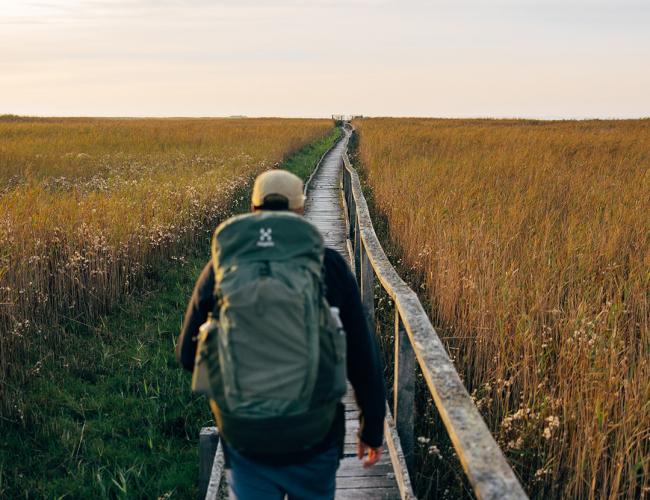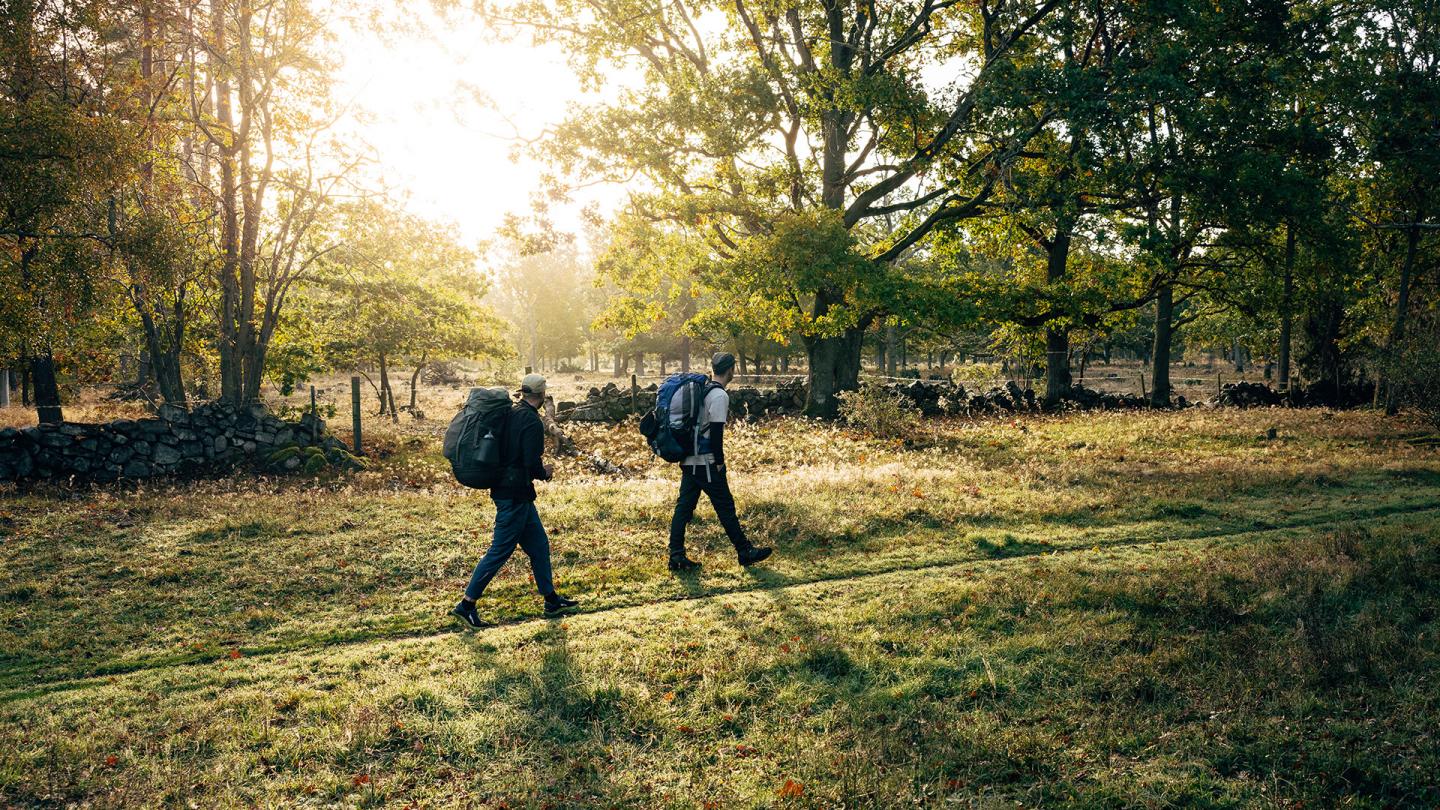mörbylångaleden
- signature joint Öland
Thanks to the different farming landscape, the whole of southern Öland has been classified as a UNESCO World Heritage Site since 2000. The island's geographical location, the limestone bedrock and the mild climate, together with human influence, have created these conditions.
The Mörbylångaleden, which is one of the Swedish Tourist Association's twelve signature trails, runs through the rugged and beautiful world heritage site. Experience the entire trail from Färjestaden down to Ottenby or select a favorite part.
Read more about the Mörbylångaleden and start planning your hike.
walk in the world heritage
One of the best ways to experience the world heritage Södra Öland's agricultural landscape is to hike in it. In total, there are over 140 km of hiking trails that help you find and experience the unique environments that are the basis for the area's designation as a World Heritage Site.
But what is a world heritage then? Yes, it is a cultural or natural monument that is so valuable that it is a matter for all of humanity. It is something that bears witness to the history of the earth and man in a completely unique way. Something that is considered so priceless that it must be protected and preserved forever.
wading tips for the beginner
Are you curious about hiking but feel that you need a little more knowledge before you set off? Maybe you are planning your first trip? Here we have listed our best tips that are suitable for a hike for beginners.

1. Time
Make sure you have plenty of time. Add a bonus day to enjoy nature.
2. Planning
Prepare your next stage well. Review the weather forecast and plan places for rest breaks.
3. Navigation
Pack map and compass and add a map app that supports land surveying maps in offline mode. You can then see your current position and measure distances. Don't forget the power bank and waterproof bag.
4. Clothing
Always invest in wool closest to the body. Shell and rainwear protect against rain and wind. Use the "layer-on-layer principle" and bring a hat and gloves.
5. Shoes
Low shoes work well on smooth, nice trails with light packing. Boots are best suited for longer hikes on uneven ground and with heavier packs.
6. Matt
Food and drink are important for stamina. Take lots of good breaks and the experience will be better. For day trips, a cold lunch bag works, but if you're going to be out longer, you need a good outdoor kitchen.
7. Packing
Pack as lightly as possible. Tips on packing lists can be found here, on STF's website. It is important that your backpack has a waist belt and chest strap to relieve the burden on the shoulders.
Good luck!
love Öland carefully
It is a privilege that we get the opportunity to take part in the changing nature on Öland and get close to it, even if it is protected nature. But with freedom also comes responsibility. Nature on Öland is fragile and many areas are valuable for the ecosystem. That's why we love Öland in a careful way so that we can also take part in unique nature experiences during the four seasons in the future.
